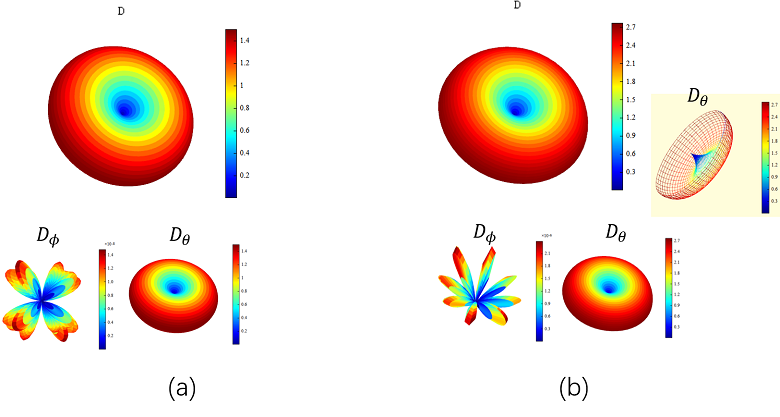Contact Number
Email
 Enterprise WeChat
Enterprise WeChat WeChat Service Account
WeChat Service Account
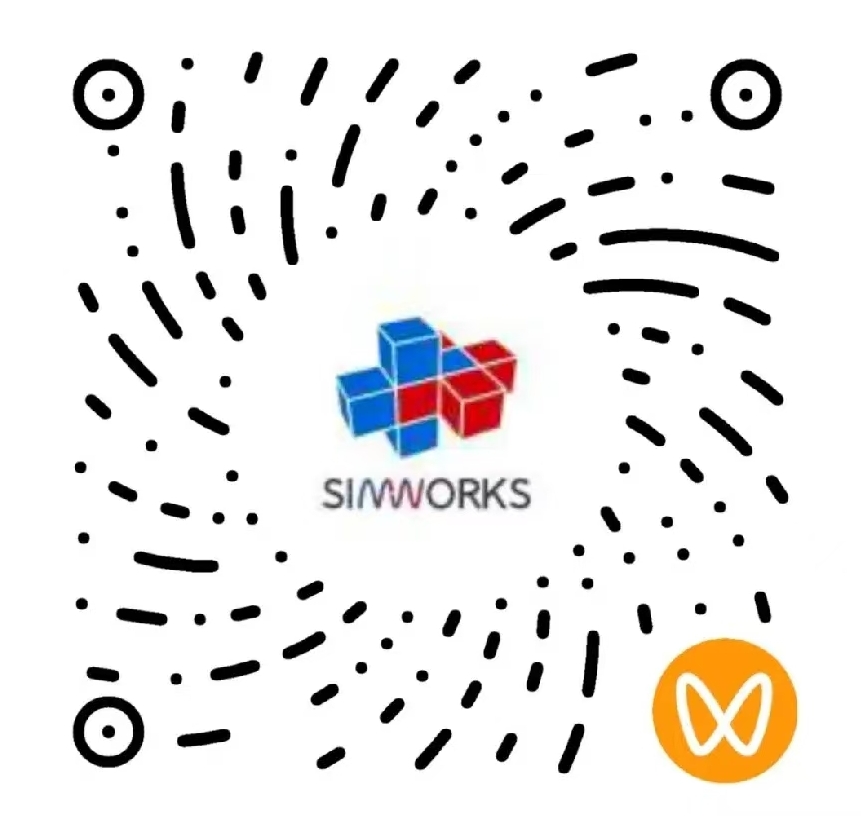 Wechat Channels
Wechat ChannelsThis section introduces how to create an analysis group.

The following example elaborates on design idea of analysis group, which converts electric field vector in rectangular coordinate system into electric field vector in spherical coordinate system.
Convert electric field vector in rectangular coordinate system from 2D monitor into that in spherical coordinate system. Conversion formula for electric field vector in rectangular coordinate system to that in the spherical coordinate system is known as:
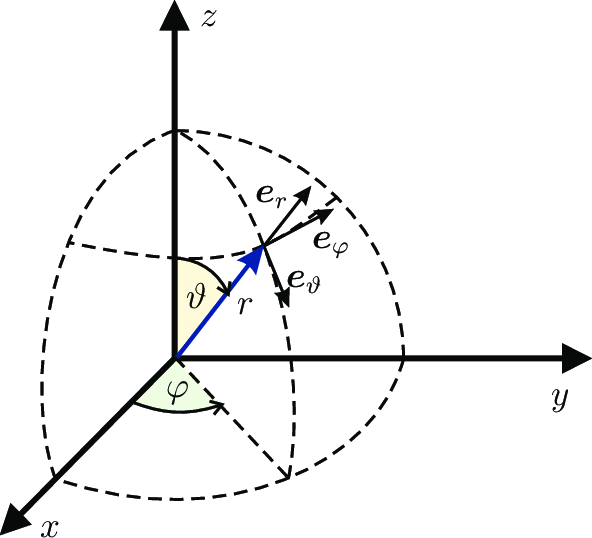
1.Set coordinate origin of analysis group;
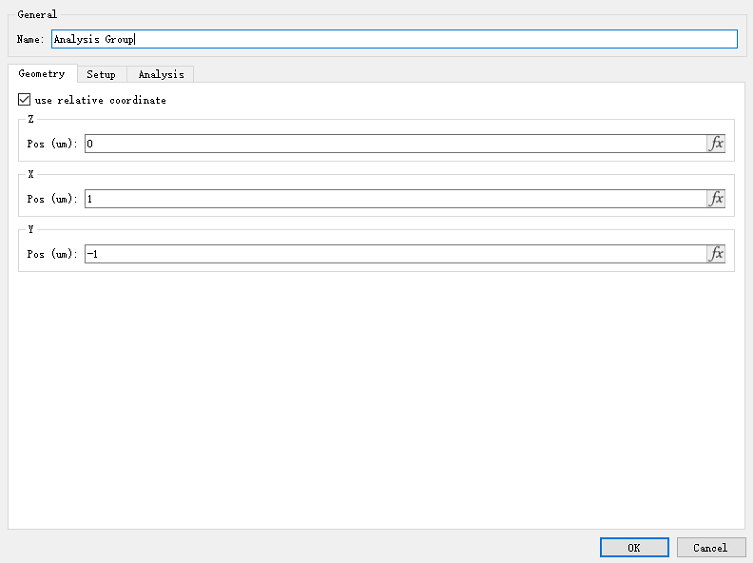
2.Add variables required to create a monitor (or source). Monitor records simulation data that can be input data for post-processing;
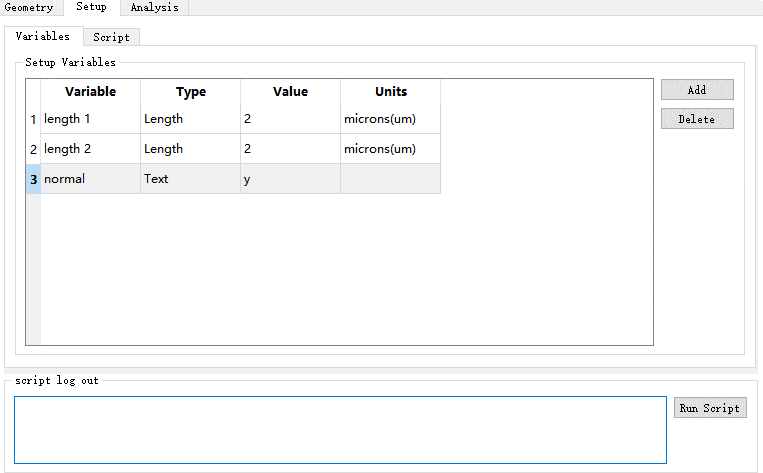
3.Create a script that can generate/create a monitor (or source), and edit and run script program;

4.Create names of parameter variables and result variables;
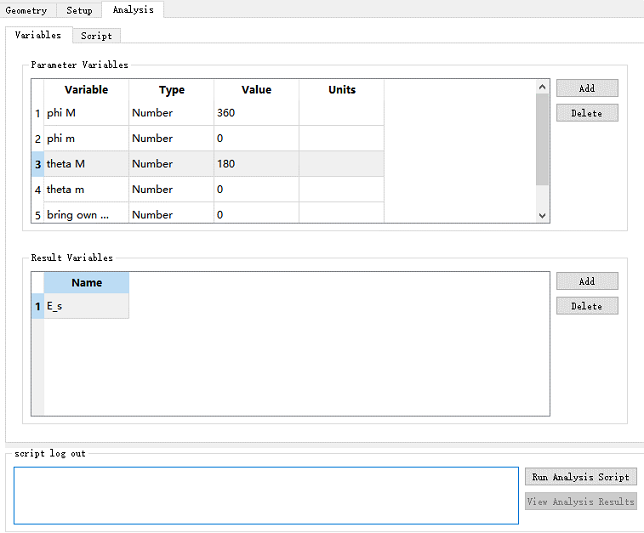
5.Edit corresponding scripts in Script window.
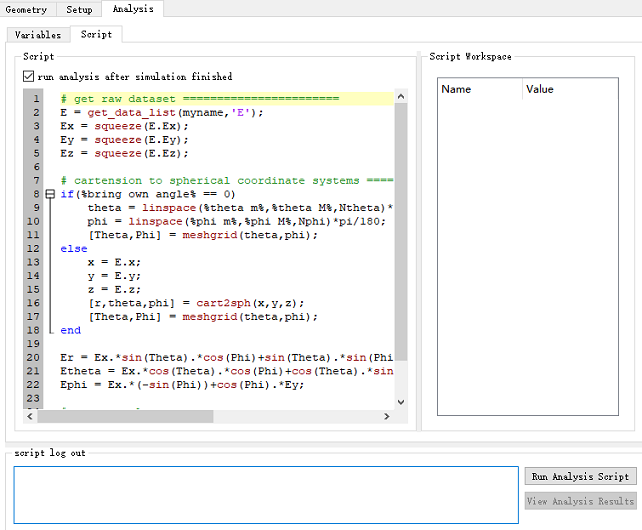
Compare vector diagrams (a) about the electric field and decomposed vector diagrams (b) about the electric field:
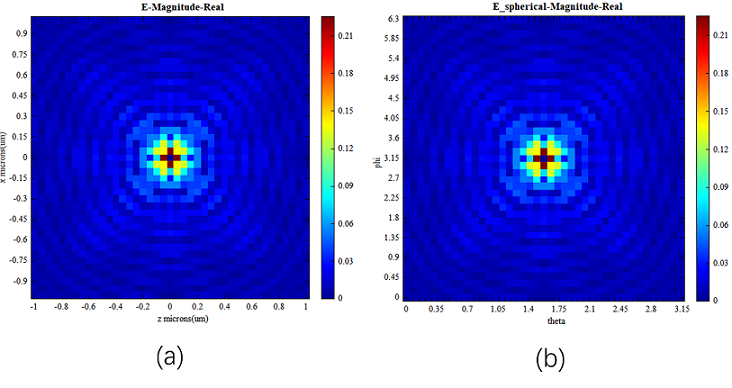
Software has a built-in analysis library to facilitate users to deal with some complex post-processing issues.
Electric Displacement Field
| Name | Description | Application |
|---|---|---|
| D | Used to calculate electric displacement vector. | FDTD, FDFD |
| D_adv | Used for advanced calculations of electric displacement vector. Note: monitor's spatial interpolation is None. | FDTD, FDFD |
Bandstructure
| Name | Description | Application |
|---|---|---|
| Bandstructure | Calculate the bandstructure of a specified structure. | FDTD |
| Dipole clouds | Generate a pre-defined number of dipoles, where position, phase, and orientation of each dipole are randomly distributed. | FDTD, FDFD |
Data Representation
| Name | Description | Application |
|---|---|---|
| Curve monitor | An arc-shaped monitor formed by a set of point monitors, where each point monitor is at the same distance from center of the circle. | FDTD, FDFD |
| E outline | Analysis group uses Index and FDFP monitors to obtain the electric field distribution containing the structure contours. | FDTD, FDFD |
Far Field
| Name | Description | Application |
|---|---|---|
| Far field from a closed box | Calculate far-field data from near-field data according to the equivalence principle. | FDTD, FDFD |
| Directivity | Calculate directivity from near-field data according to the equivalence principle. | FDTD, FDFD |
Optical Force
| Name | Description | Application |
|---|---|---|
| OF_MST | Calculate optical force by MST method. | FDTD, FDFD |
| OF_V | Calculate optical force by volume method. | FDTD, FDFD |
Other Physical Quantities
| Name | Description | Application |
|---|---|---|
| Thermal emission | Calculate thermal emission power. | FDTD, FDFD |
| Current charge density | Calculate charge density and current density. | FDTD, FDFD |
| Induced current | Calculate induced currents. | FDTD, FDFD |
| Resistance heat | Calculate the resistance heat distribution. | FDTD, FDFD |
Optical Power
| Name | Description | Application |
|---|---|---|
| Cross section | Calculate scattering cross-section, absorption cross-section, and extinction cross-section. | FDTD, FDFD |
| Power absorbed | Calculate absorptivity of a certain volume of material. | FDTD, FDFD |
| Power absorbed advanced | Calculate absorptivity of a certain volume of material. This method is suitable for engineering on metal or other high absorption materials. | FDTD, FDFD |
| Transmission box | Calculate transmission power of a closed box. | FDTD, FDFD |
Photoelectric Effect
| Name | Description | Application |
|---|---|---|
| Generation rate | Used to calculate photon generation rate. | FDTD, FDFD |
| Quantum efficiency | Used to calculate quantum efficiency (QE) and radiative decay rate (gamma). | FDTD, FDFD |
Resonator
| Name | Description | Application |
|---|---|---|
| High Q analysis | Calculate high quality factor. | FDTD |
| Low Q analysis | Calculate low quality factor. | FDTD |
| Mode area | Calculate modal area of a confined mode. | FDTD, FDFD |
| Mode volume | Calculate modal volume of a confined mode. | FDTD, FDFD |
Add an analysis group, taking directivity analysis group as an example.
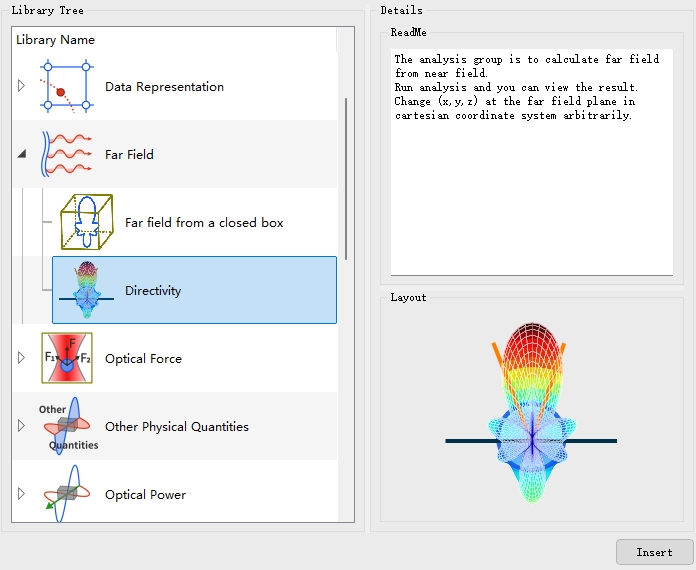
Based on simulation requirements, set parameters of analysis group as:

For both full-space/grounded situations, results of far-field directivity are:
